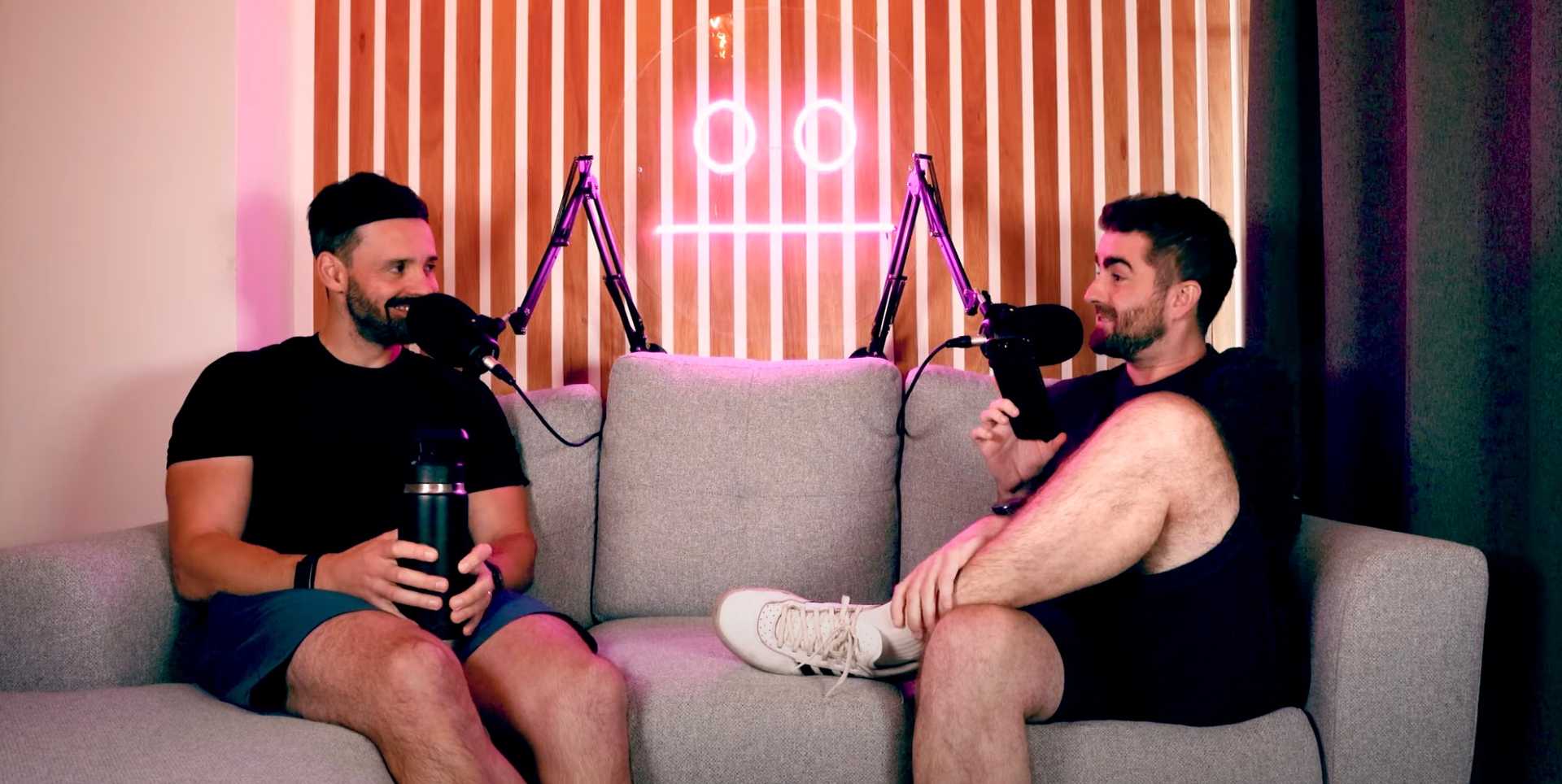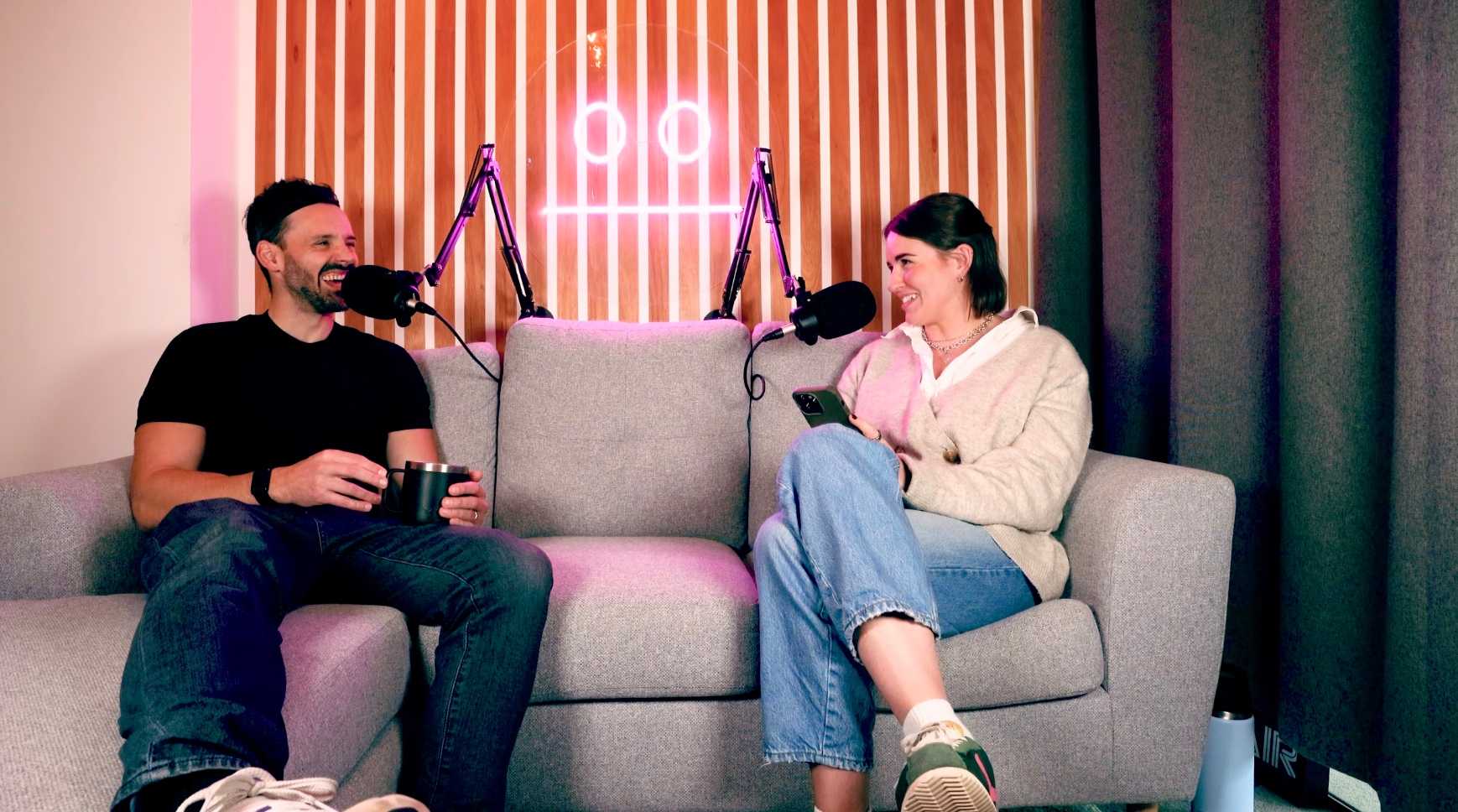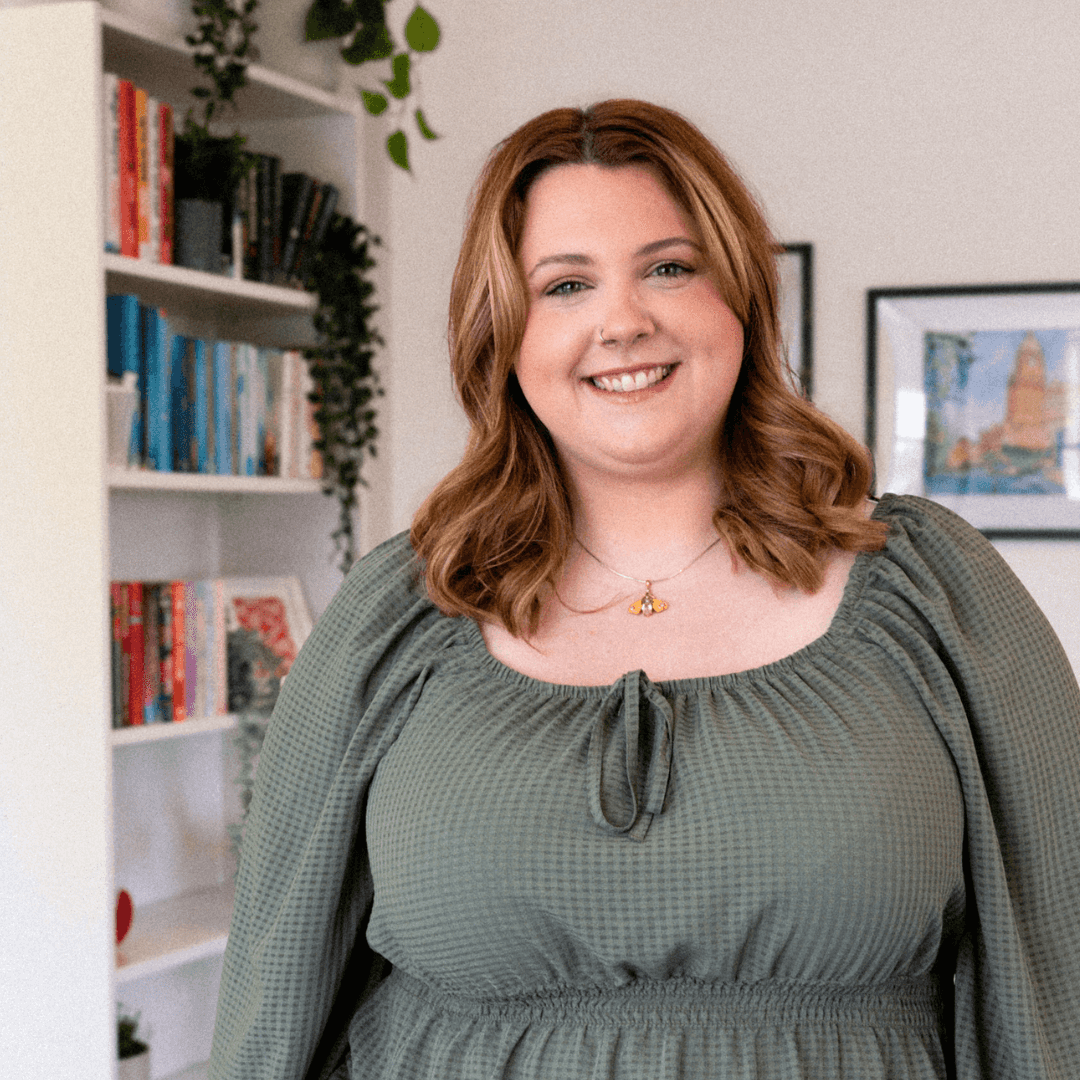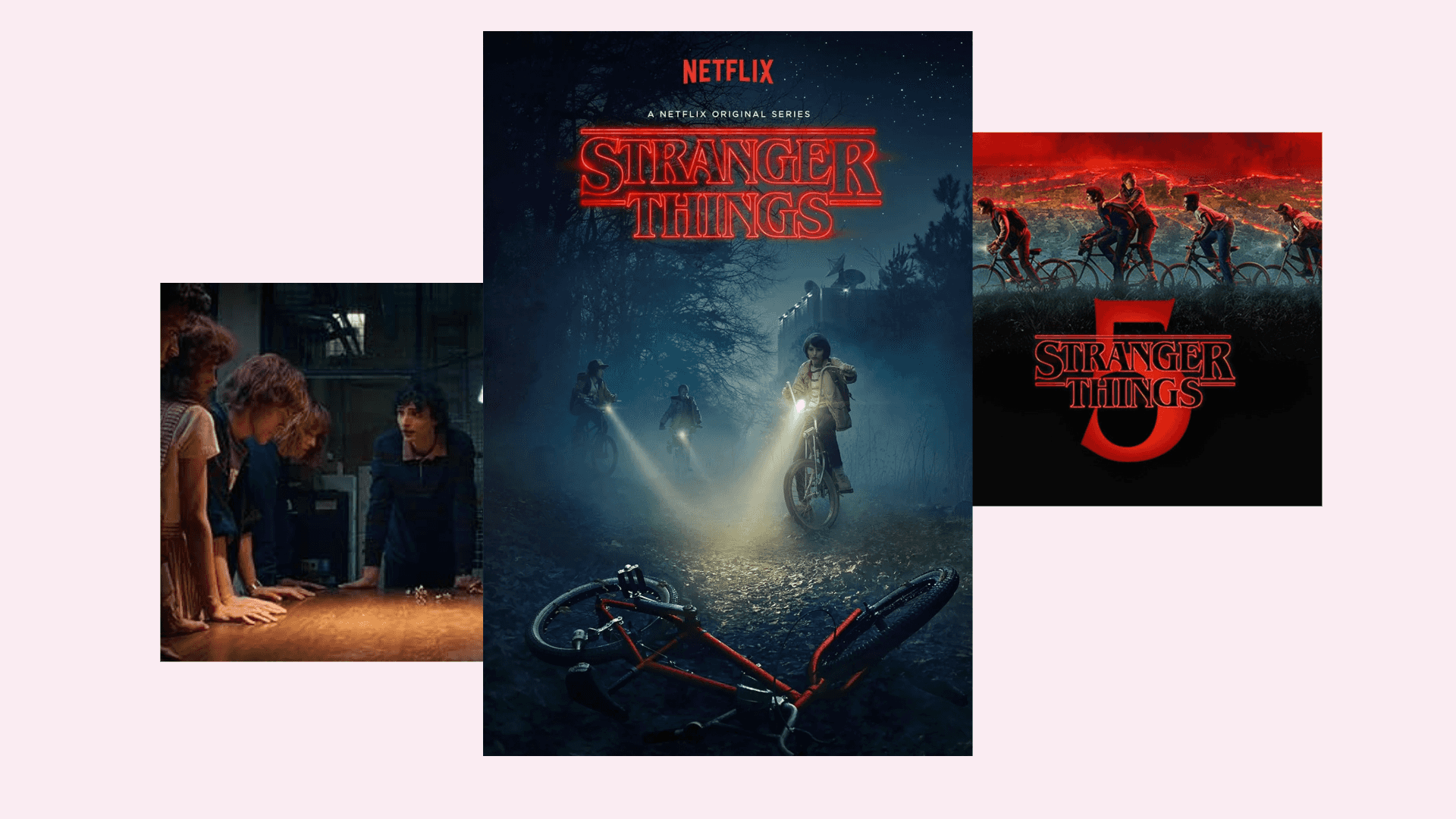You’ve made a mistake…an oversight. How do you handle it?
Take Arc’teryx, for example. They launched fireworks in the Himalayas, which started a global backlash. It wasn’t just about the stunt. It was about what it said. A brand built on outdoor respect, setting off explosives in a sacred landscape? It jarred with everything their audience believed in.









